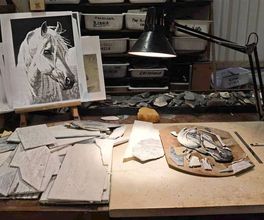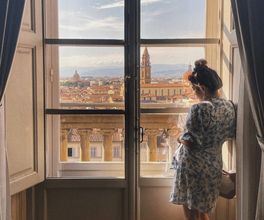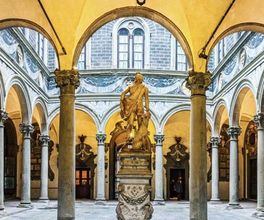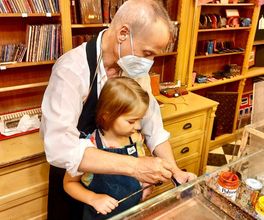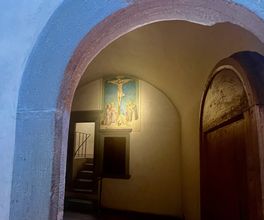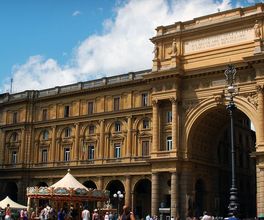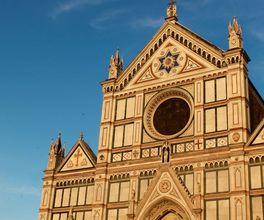




About this experience
This mesmerizing tour is dedicated to the globally renowned art of Florentine mosaic. This technique is named after Florence because the city's masters were the first to use the natural, organic patterns of stone to create complete pictures.
In Florence, artists have long been involved in mosaic work. The first material used was marble tiles, but later mainly colored stone of hard rocks became the primary material, with slabs carefully fitted together without a visible seam to the naked eye. The stone slabs can be of any geometric shape but must be laid in the same plane. It was only by the end of the 16th century that the special technique was developed here which brought fame to this city. This was the time when the term 'Florentine mosaic' emerged, denoting the technique where stones of different types and hardness were used instead of homogeneous marble. The unlimited choice of stone greatly enriched the color palette, allowing for a more painterly effect. The best workshop belonged to the Medici family. Its traditions have survived to this day and are still applied by mosaic artists worldwide with virtually no changes.
What to Expect
- We will start the tour by visiting the Museum of the Semiprecious Stone Factory. The factory was officially established in 1588 by the order of Duke Ferdinando I de' Medici.
- Next, we will visit one of the oldest workshops in Florence, which still operates using ancient tools and techniques. Just like in the 16th century, each stone piece is cut with a simple saw made from a curved tree branch with iron wire, covered with water and abrasive powder, then the pieces are glued together with wax and pine resin.
- For over three centuries, a significant part of the work has been dedicated to the finishing of the Medici Mausoleum, which will be our final stage. This luxurious octagonal chamber is the burial place of the Medicis, designed as a self-promotion for the Medici family and adorned with rare semiprecious stones and lavish colorful marble inlays.
